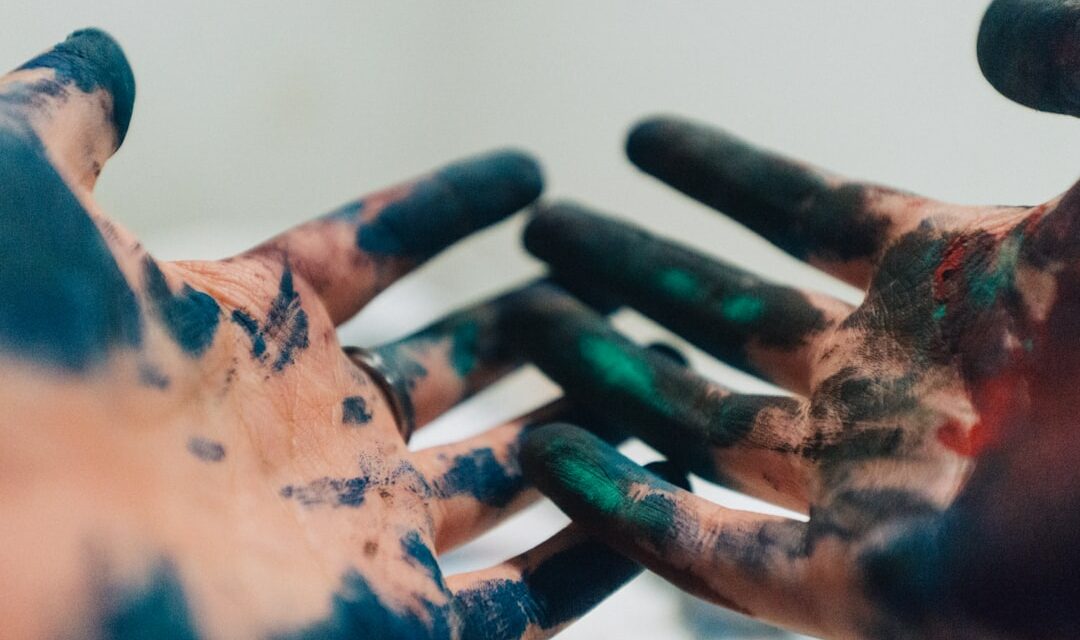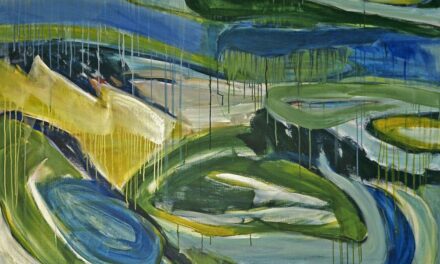Jean-Antoine Watteau was born on 10 October 1684 in Valenciennes, a town in northern France. The son of a roofer, he exhibited an early aptitude for drawing and painting. At 18 years of age, he relocated to Paris to pursue artistic studies, enrolling in the studio of history painter Jacques-Albert Gérin.
Watteau’s initial years in Paris were characterised by financial hardship, yet he remained resolute in his artistic pursuits. He devoted considerable time to studying the works of renowned masters at the Louvre and refining his draughtsmanship skills. Watteau’s education extended beyond the realm of art; he harboured a strong interest in literature and theatre.
He was particularly influenced by the works of playwright Molière and poet Jean de La Fontaine, whose fables would later inform his artistic style. Watteau’s early exposure to theatre significantly impacted his work, as he became renowned for his ability to capture ephemeral moments and emotions in his subjects, akin to the performances of playwrights and actors on stage. His unique amalgamation of artistic influences distinguished him from his contemporaries and laid the foundation for his distinctive style.
Summary
- Watteau was born in Valenciennes, France in 1684 and showed an early talent for art.
- His artistic style was influenced by the work of Rubens and the Venetian masters, as well as the theatricality of the French stage.
- Watteau rose to prominence in the early 18th century with his fêtes galantes, which depicted elegant outdoor gatherings of the French aristocracy.
- Watteau’s contribution to art lies in his development of the fête galante genre and his influence on the Rococo movement.
- Despite a short and troubled life, Watteau’s legacy lives on through his influential works and the impact he had on the art world.
Artistic Style and Influences
Influences from the Masters
Watteau’s style was also influenced by the work of the Dutch and Flemish masters, particularly Peter Paul Rubens and Anthony van Dyck, whose use of light and colour had a lasting impact on his own technique.
Literary Inspirations
In addition to his artistic influences, Watteau was also inspired by literature and theatre. He was particularly drawn to the works of the playwright Molière and the poet Jean de La Fontaine, whose fables would later influence his artistic style.
A Unique Blend of Influences
Watteau’s early exposure to the theatre would have a profound impact on his work, as he became known for his ability to capture the fleeting moments and emotions of his subjects, much like a playwright or actor would on stage. His unique blend of artistic influences would set him apart from his contemporaries and pave the way for his distinctive style.
Rise to Prominence

Watteau’s rise to prominence was marked by both success and struggle. In 1702, he entered the studio of Claude Gillot, a decorative painter who introduced him to the world of theatre and commedia dell’arte. It was during this time that Watteau began to develop his own unique style, which combined elements of Rococo art with a focus on capturing the emotions and gestures of his subjects.
His talent did not go unnoticed, and he soon gained the patronage of several influential figures, including Pierre Crozat, a wealthy art collector who provided him with financial support and introduced him to other prominent artists. Despite his growing reputation, Watteau faced many challenges throughout his career. He struggled with poor health and financial instability, which often hindered his ability to produce work.
However, his determination and passion for art never wavered, and he continued to create some of his most iconic works during this time. In 1717, Watteau was accepted into the prestigious Académie Royale de Peinture et de Sculpture, solidifying his status as one of the leading artists of his time. His acceptance into the academy was a significant achievement and marked a turning point in his career, as it provided him with greater opportunities for recognition and patronage.
Watteau’s Contribution to Art
Watteau made a significant contribution to the art world through his innovative approach to painting and his ability to capture the essence of human emotion. His works were a departure from the traditional grandeur and solemnity of Baroque art, as he focused on portraying scenes of leisure and entertainment with a sense of intimacy and charm. His use of pastel colours and delicate brushwork gave his paintings a dreamlike quality, and he became known for his ability to capture the fleeting moments and emotions of his subjects.
One of Watteau’s most enduring contributions to art was the development of the fête galante genre, which depicted elegant outdoor gatherings and amorous encounters in pastoral settings. This genre became synonymous with Watteau’s work and had a lasting impact on the art world, influencing countless artists in the years that followed. His ability to infuse his paintings with a sense of romance and fantasy set him apart from his contemporaries and established him as a leading figure in the Rococo movement.
Personal Life and Legacy
Despite his success as an artist, Watteau’s personal life was marked by tragedy and hardship. He suffered from poor health throughout much of his life, which often hindered his ability to work. In 1721, at the age of 36, Watteau succumbed to tuberculosis, leaving behind a legacy that would continue to inspire artists for generations to come.
His untimely death cut short what could have been an even more prolific career, but his impact on the art world was undeniable. Watteau’s legacy lives on through his iconic works, which continue to be celebrated for their beauty and emotional depth. His influence can be seen in the works of countless artists who followed in his footsteps, including François Boucher, Jean-Honoré Fragonard, and Antoine-Jean Gros.
His ability to capture the fleeting moments and emotions of his subjects has left an indelible mark on the art world, and his contributions to the development of the Rococo movement continue to be studied and admired by art historians and enthusiasts alike.
Major Works and Themes

The Pilgrimage to Cythera
One of his most famous works is “Pilgrimage to Cythera,” which depicts a group of elegantly dressed couples embarking on a journey to the mythical island of Cythera, where they will partake in festivities celebrating love and romance. The painting is a prime example of Watteau’s ability to capture the essence of human emotion and is considered one of the defining works of the fête galante genre.
Exploring Love and Romance
Another notable work is “The Embarkation for Cythera,” which further explores the theme of love and romance in an idyllic outdoor setting. The painting is filled with delicate brushwork and pastel colours, creating a sense of dreamlike beauty that is characteristic of Watteau’s style.
A Recurring Motif
The theme of love and romance is a recurring motif in Watteau’s work, as he sought to capture the fleeting moments of joy and intimacy that define human experience.
Impact on the Art World
Watteau’s impact on the art world was profound and far-reaching. His innovative approach to painting and his ability to capture the essence of human emotion set him apart from his contemporaries and established him as a leading figure in the Rococo movement. His development of the fête galante genre had a lasting impact on the art world, influencing countless artists in the years that followed.
Watteau’s influence can be seen in the works of François Boucher, Jean-Honoré Fragonard, and Antoine-Jean Gros, who were all inspired by his ability to infuse his paintings with a sense of romance and fantasy. His legacy continues to be celebrated for its beauty and emotional depth, and his contributions to the development of Rococo art continue to be studied and admired by art historians and enthusiasts alike. Jean-Antoine Watteau may have had a short life, but his impact on the art world will be felt for generations to come.
If you are interested in learning more about the evolution of art, you may want to check out an article on Think of Art that introduces prehistoric art. This article provides a fascinating look at the earliest forms of artistic expression and how they have influenced the art world today. You can find the article here.
FAQs
Who was Jean-Antoine Watteau?
Jean-Antoine Watteau was a French painter known for his contributions to the Rococo style of art. He was born in 1684 and died in 1721.
What is Jean-Antoine Watteau known for?
Watteau is known for his paintings of elegant and theatrical scenes, often depicting the leisure activities of the French upper class. He is also known for popularizing the genre of fêtes galantes, which are outdoor scenes of elegant parties and entertainments.
What is the significance of Jean-Antoine Watteau’s work?
Watteau’s work is significant for its influence on the Rococo style and its portrayal of the elegance and frivolity of French upper-class life during the 18th century. His paintings also had a significant impact on the development of the fêtes galantes genre.
What are some famous works by Jean-Antoine Watteau?
Some of Watteau’s most famous works include “Pilgrimage to Cythera,” “The Embarkation for Cythera,” and “The Love Lesson.” These paintings are prime examples of his portrayal of elegant and romantic scenes.
What was Jean-Antoine Watteau’s artistic style?
Watteau’s artistic style is characterized by its delicate and graceful compositions, soft colors, and a focus on capturing the fleeting moments of leisure and pleasure. His work is often associated with the Rococo style of art.




